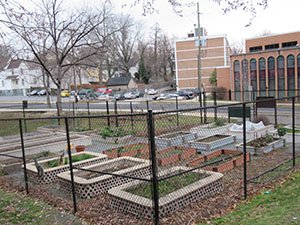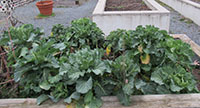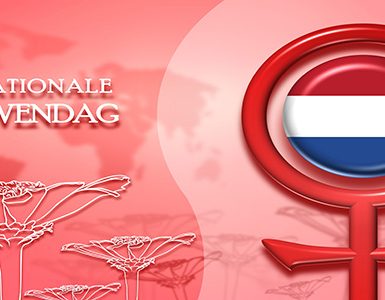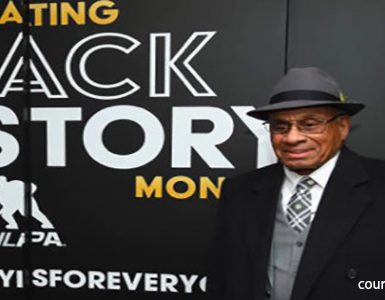Spring will soon be here, and what better way to welcome it than to tend a garden? This year, enjoy the feeling of tending native plants. Create a mini-meadow. It’s simple to tend beside a home, apartment, or commercial building. Because small areas are easy to weed, which is helpful for new native grasses and wildflowers, people with the smallest spaces have the advantage.
Then, when local plants put down roots, they thrive without pesticides or fertilizers, and rarely if ever do they need more water than nature provides. This, is after, all their habitat.
The Butterflies Need Us
Turfgrass is the keynote of most urban landscapes, but lately people are rethinking lawn and gardens. One thought leader is Doug Tallamy, a University of Delaware entomology professor who writes about  the redemption of garden space, explaining that what we do with our own patches of land can link fragmented greenery in cities and suburbs, creating a “Homegrown National Park.” And now’s the time! Bees and birds are struggling for their futures. Pollinators are looking for native foods, and birds are searching for caterpillars to feed their nestlings. As the D.C. Department of Energy and Environment points out, native plantings offer vital resources for free-living beings through the seasons. The asters we plant in the spring will bloom in September, keeping the butterflies busy.
the redemption of garden space, explaining that what we do with our own patches of land can link fragmented greenery in cities and suburbs, creating a “Homegrown National Park.” And now’s the time! Bees and birds are struggling for their futures. Pollinators are looking for native foods, and birds are searching for caterpillars to feed their nestlings. As the D.C. Department of Energy and Environment points out, native plantings offer vital resources for free-living beings through the seasons. The asters we plant in the spring will bloom in September, keeping the butterflies busy.
Can’t go all-out-native this year? That’s OK. Get to about two-thirds native plantings, Tallamy told the Washington Post, and you’ll be making a difference. WAMU notes a recent study in the Proceedings of the National Academy of Sciences which finds that chickadees can’t thrive and reproduce in yards made up of 30% or more non-native greenery, but a 70% native garden is enough to sustain local birds.
What to Plant in Early Spring
Ready to get gardening? Here’s a sampling of plants to start in the spring:

- Sun-loving purple coneflowers are tough plants that stand up to hot summers and thrive in almost any soil. Pollinators love them. Get a few young plants that are just starting to bloom in late spring. These sunshine-seeking shrubs will soon regale your home with berries and robust foliage, while attracting the insects birds like to eat.
- Goldenrod, which we admire in September and October along dry, sunny roadsides, gives nectar to migrating butterflies and provides habitat for insects that birds feed their young. Bonus: Goldenrod flowers are edible as well as beautiful, so you can use them for unique flourishes on salads.
- Beautiful, velvety pale green or purple sage also does well in a dry, sunny spot, and becomes a fluttering butterfly garden. Sage is ready to plant right after the last frost of the year.
- Beebalm, which needs a little more moisture, comes in lavender and other attractive shades. Bees, butterflies, and hummingbirds will enjoy it, and spring’s the right time to plant it.
Mix things up. Jumbling tall and short plants can help pollinators on the move. If you have space for a tree or two, the elegant black haw viburnum will flower in May and June, bringing a touch of Rock Creek Park right into your garden. Hedges and trees purify the air, cool the city, and absorb rainwater. If your soil is acidic, blueberry bushes should take hold easily. Birds will like them as much as you do. They can even be planted in containers. So can white meadowsweet, sage, or D.C.’s beloved juneberry trees.
Keep Growing!
 It’s worth the time to learn about seeds and their preservation, and to choose reputable, knowledgeable sources for seeds and seedlings. Plant-specific questions? The United States Botanic Garden’s experts have a lot of great recommendations, and you’re always welcome to email them questions as you go along.
It’s worth the time to learn about seeds and their preservation, and to choose reputable, knowledgeable sources for seeds and seedlings. Plant-specific questions? The United States Botanic Garden’s experts have a lot of great recommendations, and you’re always welcome to email them questions as you go along.


















Add comment